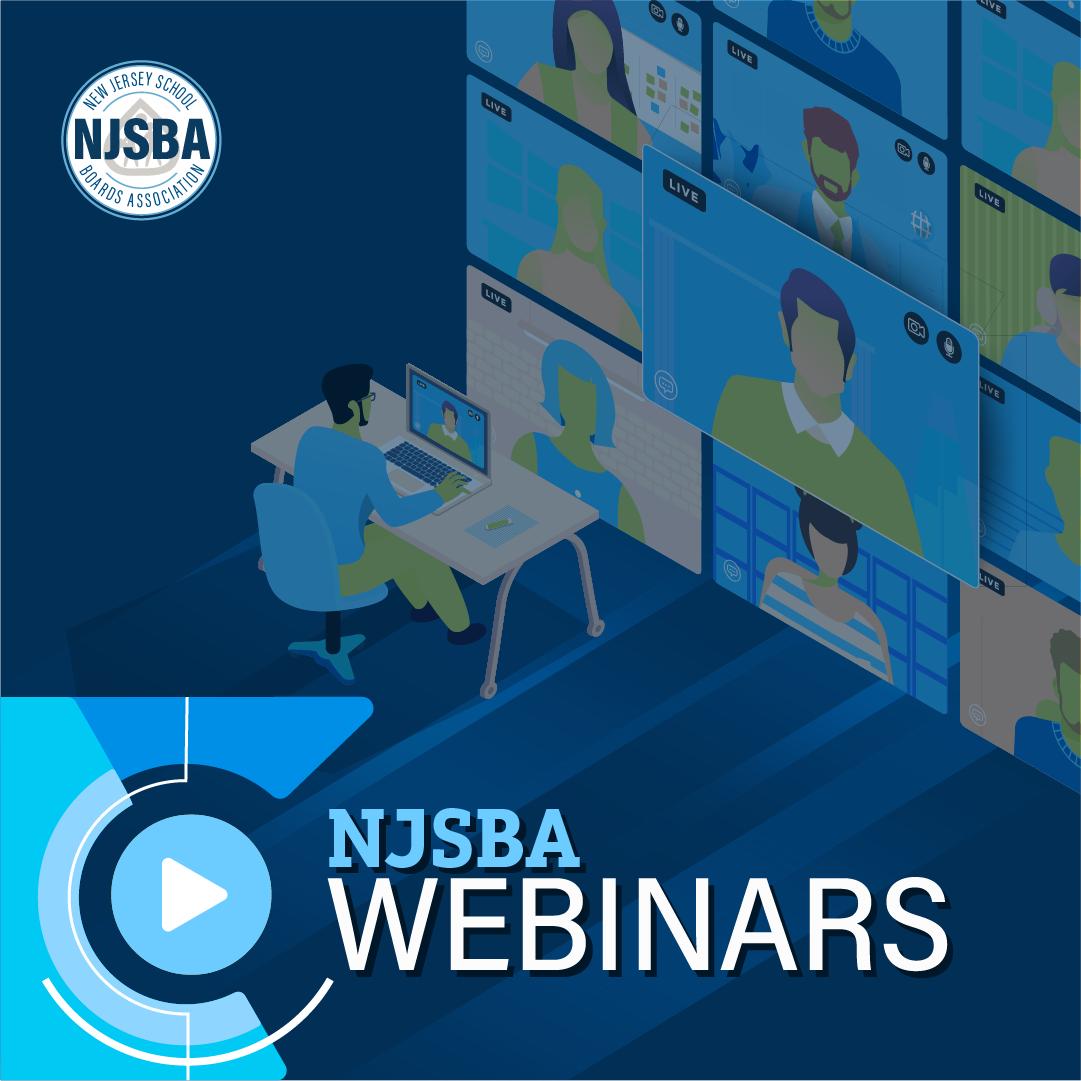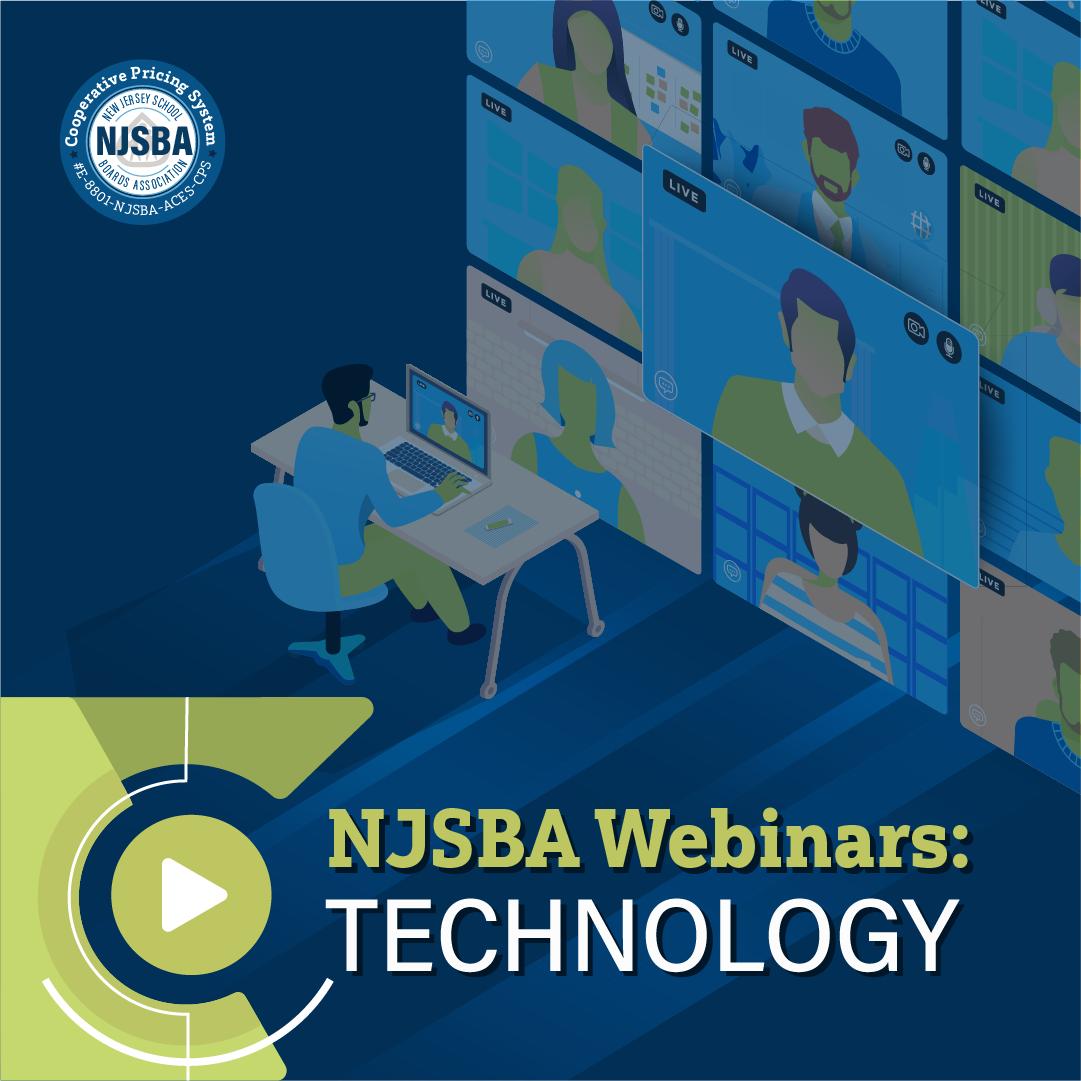In August 2020, Gov. Murphy signed Executive Order 175 (EO 175), effectively reopening New Jersey school districts for full or part-time in-person instruction, if they meet certain health and safety standards listed in “The Road Back: Restart and Recovery Plan for Education” and the New Jersey Department of Education’s (NJDOE) Checklist for Reopening of Schools 2020-2021.
School districts are required to submit plans to the NJDOE ensuring compliance with items such as, maintaining six feet of distance between individuals in all settings to the greatest extent practicable, mandatory use of face coverings for all staff, students, and visitors unless an exception applies, student and staff health screenings, adequate air ventilation, and student hand washing stations. School districts that are not able to, or become unable to satisfy the health and safety requirements for in-person instruction detailed in EO 175 may provide full-time remote instruction to all students until the district is able to satisfy the health and safety requirements.
In addition, EO 175 also provides, consistent with the NJDOE’s Clarifying Expectations Regarding Full-Time Remote Learning Options for Families in 2020-2021, that districts resuming partial or full-time in-person instruction shall permit students to participate in remote learning on a full-time basis upon the request of a parent or guardian. The NJDOE, in its Clarification for Remote Learning, provides that families may request remote learning for any service or combination of services that would otherwise be delivered on an in-person or hybrid schedule, such as instruction, behavioral and support services, special education and related services. Also, a family may request that some services be delivered entirely remotely, while other services follow the in-person reopening plan.
It is also important to note that on April 1, 2020, the State Board of Education approved temporary regulations which provide that during an extended public-health related school closure, related services may be provided through telemedicine and telehealth or through electronic communications, which include virtual, remote, or other online platforms, as appropriate and as required by a student’s Individualized Education Program (IEP) to the greatest extent possible. This temporary regulation ensures that school districts provide students with disabilities the same educational opportunities as their nondisabled peers through electronic communications, virtual, remote, or other online platforms as appropriate. Allowing the use of electronic communications, virtual, remote, or other online platforms ensures students with disabilities are provided the services they are entitled to, as set forth by a student’s IEP, during the public health emergency. Therefore, related services such as physical therapy, speech therapy, occupational therapy, and counseling are now able to be provided remotely or in-person.
Whether students are participating in school remotely or in-person, districts are still required to follow the Individuals with Disabilities Education Act, 20 U.S.C. §§ 1400 to -1491 (IDEA), in providing students the opportunity to receive a Free Appropriate Public Education (FAPE) that emphasizes special education and related services designed to meet their unique needs and prepare them for further education, employment, and independent living. However, EO 175, as well as the Road Back Plan, create health, safety, and social distancing procedures that may require school districts to implement a student’s IEP in a different way. The district and parent or guardian can meet to discuss the appropriate program and services based on the individual needs of the student. Not all programs and services offered during the public health emergency will be appropriate for all students.
Important Considerations for In-Person Special Education
Face Coverings EO 175 requires all staff and students to wear face coverings on the bus and at school. However, EO 175 also provides various exceptions to wearing face coverings including: (1) when doing so would inhibit the individual’s health; and (2) when the individual has trouble breathing, is unconscious, incapacitated, or otherwise unable to remove a face covering without assistance; and (3) when a student’s documented medical condition or disability, as reflected in an IEP or Educational Plan pursuant to Section 504 of the Rehabilitation Act of 1973, precludes the use of a face covering. School districts should consider alternate plans for students who are unable to wear a face covering. Such plans should be shared with teachers, aides, bus drivers, and administration. Schools can also create behavior plans to assist students with face covering tolerance, to increase their use of face coverings.
Additional Personal Protective Equipment (PPE) School districts should consider additional PPE for special education staff. Additional PPE will work to protect both staff and students, when a student is not wearing a face covering. Also, based on the needs of each special education student, staff may have to come into close contact with the student to assist, not only with education, but also to help with necessary daily life skills. Additional PPE such as face shields, gloves, and gowns are helpful to protect staff who are in routine close contact with special education students. Clear face coverings are also important to assist students who are deaf or hard of hearing. Districts should also determine how they will monitor staff utilization of PPE. This includes deciding on whether or not your district will require all staff to wear specific pieces of PPE to work with special education students, and what to do if staff are not complying.
Student Health Screening EO 175 and the Road Back guidance require student health screenings. School districts are taking varying approaches to student health screenings, including requiring parents to screen their child at home or having their child screened at school. Districts which require in-person, on-campus screening of students should create procedures to ensure for the safe screening of special education students in accordance with their unique needs.
Social Distancing and Close Contacts It may be difficult to socially distance students that have a paraprofessional, groups of younger students, and students in certain types of programs. In those instances it is important to consider having a back-up educational plan for students in case they need to quarantine based upon a close contact.
Number of Days In-Person School districts, based upon their Road Back Plan, created various types of in-person educational opportunities for students. Special education students can be provided additional opportunities to attend school in-person, if the district has the space, staff, and availability. Also, despite being in-person, parents can also request that related services be provided remotely. It is important, when meeting with parents, to consider the unique needs of the student and the impact of virtual learning to determine the student’s appropriate educational program. For example, a school district might permit self-contained classes or their youngest special education students to attend school four or five days a week, while the rest of the students attend a two day in-person, three day virtual program.
Important Considerations for Remote Special Education
Full-Time Remote Instruction It is important for districts to consider the unique needs of the student when deciding what type of tools will be used to provide the educational program listed in the student’s IEP. The provision of educational programming for remote instruction can include using virtual classrooms, synchronous and asynchronous instruction, packets of work including the use of workbooks and textbooks, and watching video lessons. When meeting with parents or guardians, school personnel should consider the unique needs of the student and the impact of virtual learning to determine the student’s appropriate educational program and needs. Not every student can attend to a computer, and some students need constant assistance to stay on task while working remotely. Also, parents can choose to implement full time remote instruction, but request in-person related services. In addition, districts need to ensure that special education students participating remotely have access to technology, if that is how the students are receiving their educational program and related services listed in the IEP.
Schools Physically Closed Due to Health and Safety When a school district remains closed for a portion of the 2020-2021 school year, or when it decides to close due to health and safety reasons, districts may see an increase in parental or guardian requests for their child to be moved to an out-of-district placement that provides in-person instruction. School personnel should meet with parents and guardians to discuss the appropriateness of their request. In looking for an appropriate program, districts should place students in the least restrictive environment (LRE), looking at their home school first.
Important Considerations for Related Services in Special Education
In-Person Related Services School districts are required to follow the related services listed in a student’s IEP. In some instances, districts may seek amendments to a student’s IEP to change services from group to individual to avoid mixing student cohorts and minimize close contacts. Related service providers should consider schedules to minimize mixing student cohorts. Schools should review where their related service providers work to determine if they need to move to an alternative space to provide more room for social distancing. Also, additional PPE can be provided to assist in social distancing such as clear plastic barriers like desk shields.
Virtual Related Services Based on the temporary regulation change, schools may now provide virtual related services which include individual and group services. When related group services are provided in the home, students and parents should be made aware that other individuals may see them through the virtual meeting. Districts should provide notice to parents as to what their expectations are regarding student privacy, confidentiality, and participation in virtual related services.
Compensatory Education Many special education students missed services during the spring 2020 school closures. Districts should be keeping track of how many services were missed and what opportunities were provided to make up those services. If a student is invited to participate in related services virtually, but chooses not to attend, the school district must document the missed services.
During the public health emergency, not all programs and services offered by school districts will be appropriate for all students. Districts should communicate with special education parents or guardians, in-person, over the phone, or virtually, to review individual educational concerns based on each child’s unique needs. Whether students are participating in school remotely or in-person, districts are still required to follow the IDEA and provide students with FAPE. Schools must strive to be flexible when it comes to providing educational programming and related services in light of the continuing changing guidance, new laws, and executive orders. During these ever-changing times, communication is key.
Amy Houck Elco is a partner in the education law practice group of Cooper Levenson.

